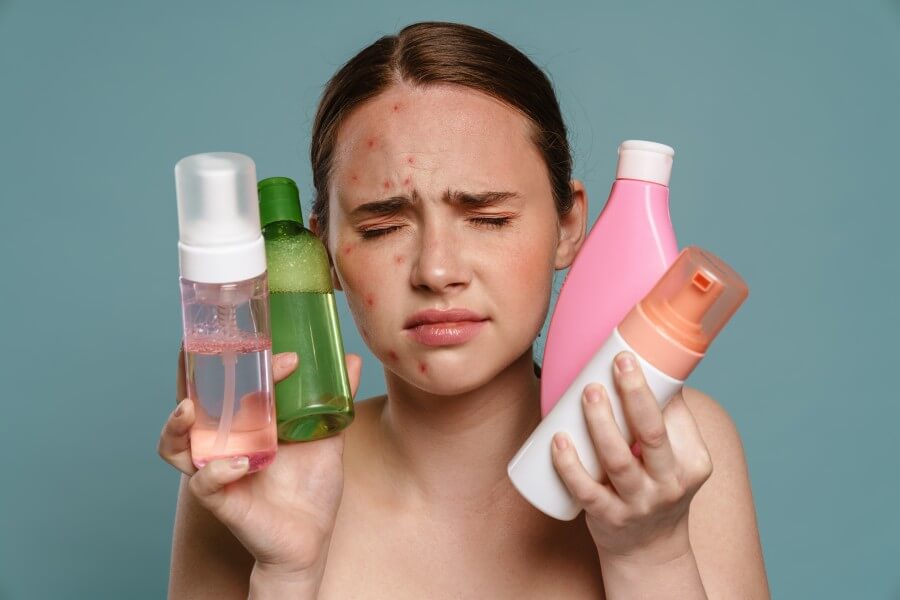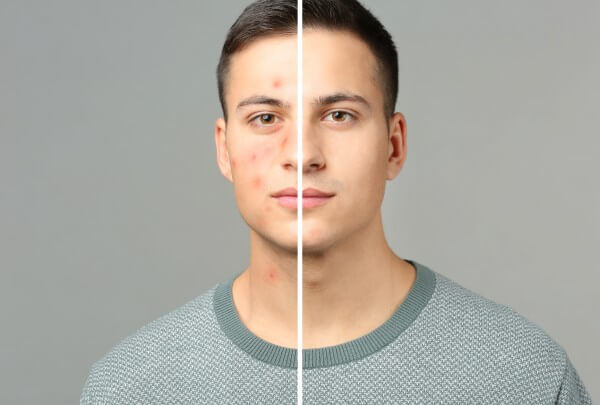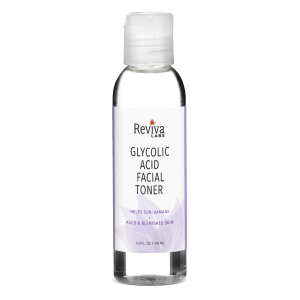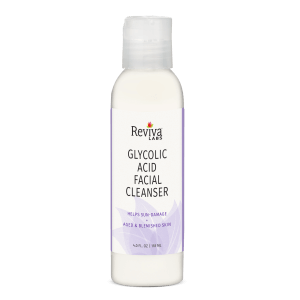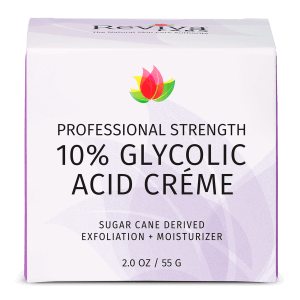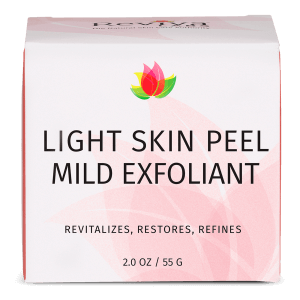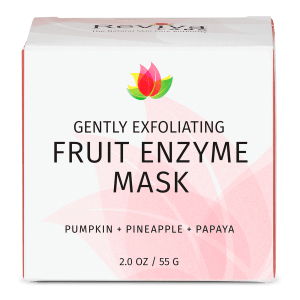Ingredients, Natural, Reviva Labs, Skin Care
AHA vs BHA – What Is the Difference? Understanding Alpha Hydroxy Acids and Beta Hydroxy Acids
When it comes to exfoliating your skin, alpha hydroxy acids (AHAs) and beta hydroxy acids (BHAs) are two of the most popular ingredients found in skincare products. While both AHAs and BHAs serve to exfoliate the skin, they have distinct differences in their properties and how they work, making them suitable for different skin types and concerns.
Alpha Hydroxy Acids (AHAs)
AHAs are water-soluble acids derived from fruits and milk. Some of the most common AHAs include glycolic acid, lactic acid, and mandelic acid. These acids work by loosening the bonds between dead skin cells on the surface of the skin, allowing them to be easily sloughed away. This reveals smoother, brighter, and more even-toned skin underneath.
AHAs are particularly beneficial for addressing signs of aging, such as fine lines, wrinkles, and age spots. They also help to improve skin texture and can enhance the effectiveness of other skincare products by allowing them to penetrate deeper into the skin. However, AHAs can make the skin more sensitive to the sun, so it’s essential to use sunscreen when incorporating these acids into your skincare routine.
Beta Hydroxy Acids (BHAs)
BHAs are oil-soluble acids with salicylic acid being the most well-known BHA. Unlike AHAs, BHAs can penetrate deeper into the pores, making them effective at targeting acne, blackheads, and whiteheads. They work by exfoliating the skin and clearing out excess sebum and dead skin cells that can clog pores.
BHAs also have anti-inflammatory and antibacterial properties, which make them suitable for those with oily, acne-prone, or sensitive skin. They can help reduce redness, calm inflammation, and prevent future breakouts.
When to Use AHAs and BHAs
Choosing between AHAs and BHAs depends on your specific skin concerns and skin type. AHAs are generally recommended for those with dry, aging, or sun-damaged skin. They can also help hydrate the skin while addressing the visible signs of aging like fine lines and wrinkles. On the other hand, BHAs are more suitable for oily, acne-prone, or sensitive skin due to their ability to penetrate deep into the pores. BHAs can also help with redness with their anti-inflammatory properties.
It is possible to use both AHAs and BHAs in your skincare routine however it’s important to introduce them gradually and monitor how your skin reacts. Some people may choose to use AHAs in their morning routine and BHAs at night, or alternate between the two on different days.
Benefits of AHAs and BHAs
Both AHAs and BHAs offer numerous benefits for the skin. For quick reference:
AHAs can
- Improve skin texture and tone
- Reduce the appearance of fine lines and wrinkles
- Brighten dull skin
- Increase skin hydration
BHAs can
- Unclog pores and reduce their appearance
- Reduce inflammation and redness
- Prevent acne breakouts
- Soothe irritated skin
Precautions and Tips
When using products containing AHAs or BHAs, it’s important to start with a lower concentration and gradually increase it as your skin builds tolerance. Always follow the instructions on the product and avoid using multiple exfoliating products simultaneously, as this can lead to over-exfoliation and irritation.
Sun protection is crucial when using AHAs, as they can increase your skin’s sensitivity to the sun. Apply a broad-spectrum sunscreen with an SPF of at least 30 every day to protect your skin from harmful UV rays.
In short, both alpha hydroxy acids and beta hydroxy acids are effective exfoliants that can improve the health and appearance of your skin. By understanding the differences between AHAs and BHAs, you can make the right choice for your skin type and concerns.



